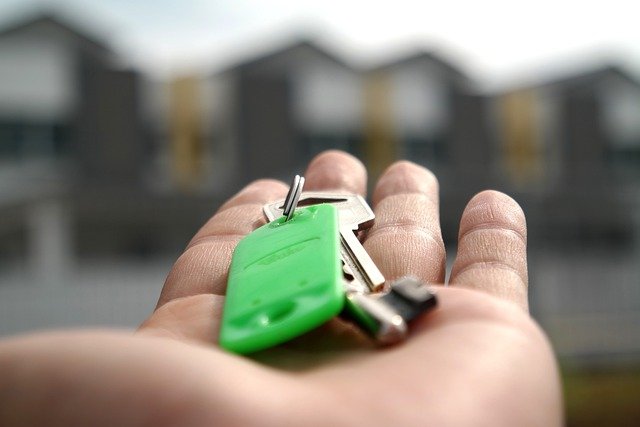If you want to buy a house, chances are you need to get a mortgage to cover the cost. But there’s more than one kind of mortgage, and not all types of mortgage are going to be ideal for all borrowers.
You need to know your options, so you can get what you want out of a mortgage and get the best deal on interest rates, fees, and closing costs. Whether you want a shorter loan term, smaller monthly payments, a smaller down payment, or something else, here are your options for getting a mortgage.
Fixed Rate vs. Adjustable Rate Loans
A fixed-rate loan is a loan in which the interest rates remain the same throughout the life of the loan. That means the monthly payments are more stable – although they can still fluctuate a little bit based on your home insurance, property taxes, or mortgage insurance costs. Fixed-rate loans are the right choice if you plan to stay in your home long-term and want your payment to remain stable over time.
In an adjustable-rate mortgage (ARM), you start out with a low-interest rate – usually for the first three to seven years of the loan – and then after that period is over, your interest rate can fluctuate every year based on market rates. An ARM is a good choice if you don’t think you’ll be in the house long or if you know you’ll refinance before the low-interest rate expires. However, your loan payments can swell considerably in the second period of an ARM. If you are still in the house or not refinancing, your payments could become unsustainable.
15-Year vs. 30-Year Loan Terms
Most home loans have either a 15-year or a 30-year loan term. The loan term is the amount of time you’ll be paying it back (unless you make payments on the principal to pay off your mortgage early). If you choose a 15-year term, you’ll get a lower interest rate but have larger monthly payments; you’ll also get your house paid off faster. If you take a 30-year loan, you’ll have a higher interest rate and lower monthly payments.
Conforming vs. Non-Conforming Loans
Conforming loans adhere to the standards set by the Federal Housing Finance Agency (FHFA). A conforming loan cannot have backing from any government agency. It must be for an amount below a maximum dollar limit – the limit in 2022 is $647,200 in low-cost-of-living areas and $970,800 in high-cost-of-living areas. Your lender may have other criteria for conforming to loans.
Non-conforming loans include loans backed by government agencies like the U.S. Department of Agriculture (USDA), the U.S. Department of Veterans Affairs (VA), or the Federal Housing Administration (FHA). They can also include jumbo loans that exceed the FHFA’s maximum dollar limit or loans for people with non-traditional credit histories.

Conventional Loans
Conventional loans are conforming loans that can be sold by your lender to Freddie Mac or Fannie Mae. They usually cover 80 to 85 percent of your home’s purchase price, so you need to come up with a down payment of 15 to 20 percent. You might have to carry private mortgage insurance (PMI) if you can’t make a down payment of at least 20 percent. You also need a credit rating of at least 620 to qualify for a conventional loan with most lenders.
Government-Backed Loans
Government-backed loans include loans insured by the FHA, the USDA, and the VA. These loan programs allow people who might not otherwise qualify for a home loan become homeowners. A USDA loan can allow you to purchase a house in a qualifying rural area with no down payment. If you’re a veteran, an active duty service member, or the surviving spouse of a service member, you can get a VA loan with no money down. And lots of people qualify for FHA loans – you can meet the requirements for an FHA loan with a credit score of 500 and a down payment of at least 10 percent.
FHA loans are available to homeowners with lower credit scores and smaller down payments. If your credit score is at least 500, you can get an FHA loan with 10 percent down. If your credit score is at least 580, you can get an FHA loan with 3.5 percent down. You will still need to come up with closing costs, and money for inspection fees, keeping in mind that FHA loans require their own inspection that is separate from the contingency inspection.
If you’re looking to buy a house, you need to know your mortgage options. Figure out what kinds of mortgage loans might meet your needs, so you can be fully prepared to shop around for the best deal.



Comments are closed.